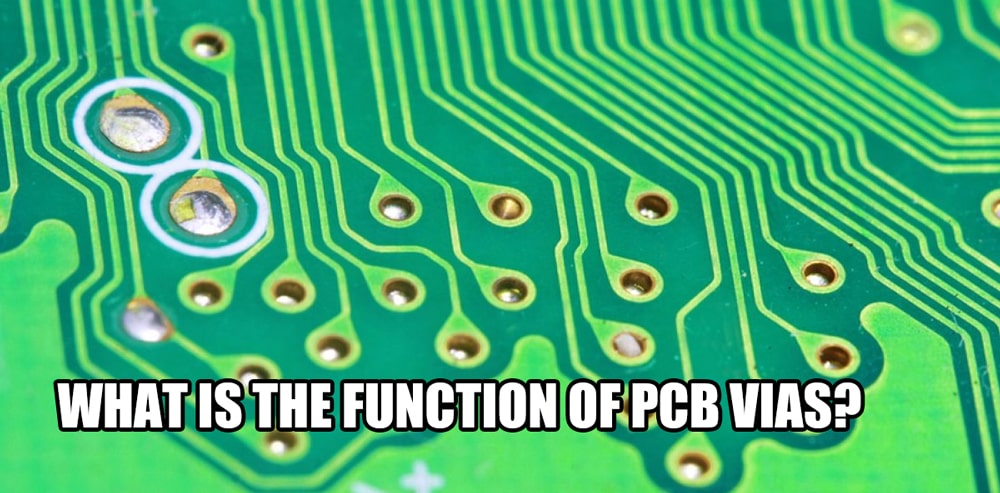What is the function of PCB vias?
21 January 2025
Views: 1536
Vias are one of the important components of multi-layer PCB, and the cost of drilling can account for 30% of the PCB manufacturing cost. Each hole on the PCB can be called a via hole. The main function of the via hole is to serve as an electrical connection between layers and to fix and position the device.

Vias are divided into blind via, buried via, and through via
The first type of blind hole is located on the top and bottom surfaces of the printed circuit board. It has a certain depth and is used to connect the surface circuits and the inner circuits below. The depth of the holes usually does not exceed a certain ratio (aperture).
The second type of buried via refers to the connection hole located on the inner layer of the printed circuit board, which does not extend to the surface of the circuit board.
The third type is called through holes, which pass through the entire PCB and are used to implement internal interconnections or as mounting positioning holes for components. Because through holes have lower process costs, most PCBs are manufactured using through holes.
The via hole mainly consists of two parts, one is the drill hole in the middle, and the other is the pad area around the drill hole. The size of these two parts determines the size of the via hole.
When designing high-density PCBs, the smaller the vias, the better. Not only will the parasitic capacitance be smaller, but more wiring space will be left. The smaller the hole, the longer it takes and the easier it is to deviate from the center position. Therefore, the reduction in hole size will also increase the cost, and the size of the via hole cannot be reduced indefinitely. It is affected by drilling. (drill) and electroplating (plating) and other process technology limitations. For example, if the through hole depth of a 6-layer PCB board is 50 Mil, then the minimum drilling diameter that the PCB manufacturer can provide can only reach 8 Mil.
Suggestions for designing vias in PCB
In PCB design, incorrect via hole settings can also have a great negative impact on the circuit. In order to reduce the adverse effects of via parasitic effects, the following four suggestions need to be considered during design.
1.Reasonable selection of via size can reduce costs and increase wiring space. For example, for 6-10 layer memory module PCB design, it is better to use 10/20 Mil (drilling/pad) via holes. If it is a high-density and small-size board, you can try to use 8/18 Mil via holes.
2.Try not to change layers of signal traces on the PCB board, and do not use unnecessary vias.
3.The power and ground pins should be drilled nearby. The shorter the leads between the vias and the pins, the better, because they will increase the inductance. At the same time, the power and ground leads should be as thick as possible to reduce impedance.
4.Place some grounded vias near the vias for signal layer change to provide the nearest loop for the signal.
Vias are an important part of multi-layer PCBs and account for a large proportion of the cost. Proper use of vias can allow the PCB to have more wiring space and reduce parasitic capacitance.















